Increase benefits for voluntary social insurance participants
Agreeing with 3 viewpoints, 5 goals and 11 major contents in the Draft Law on Social Insurance (amended), delegate Thach Phuoc Binh ( Tra Vinh delegation) commented that this Draft Law has many breakthrough provisions, closely following Resolution 28 of the Central Committee such as the addition of social pension benefits and the regulation of reducing the age of receiving benefits from 80 years old to 75 years old. According to the delegate, it is necessary to build a roadmap to continue to gradually reduce the age of receiving pension benefits.
Regarding the voluntary social insurance support policies stipulated in the Draft Law, the delegate said that through contact with voters, it was shown that people really want the state to support social insurance participants in general, not just voluntary social insurance.
Delegates also questioned why the drafting agency did not include insurance for children in the Draft Law?
Agreeing with the proposal to adjust the pension conditions in the direction of reducing the minimum number of years of social insurance contributions to 15 years, however, delegate Vo Manh Son ( Thanh Hoa delegation) said that because the pension level is calculated based on the contribution period and the salary and income level used as the basis for paying insurance, reducing the condition on the social insurance contribution period will cause more workers to retire with very low pensions. At the same time, the draft revised Law on Social Insurance has removed the regulation on the minimum pension level. The delegate said that this is something that many workers are concerned about, because they are worried that the pension is too low, there is no floor level to ensure life.
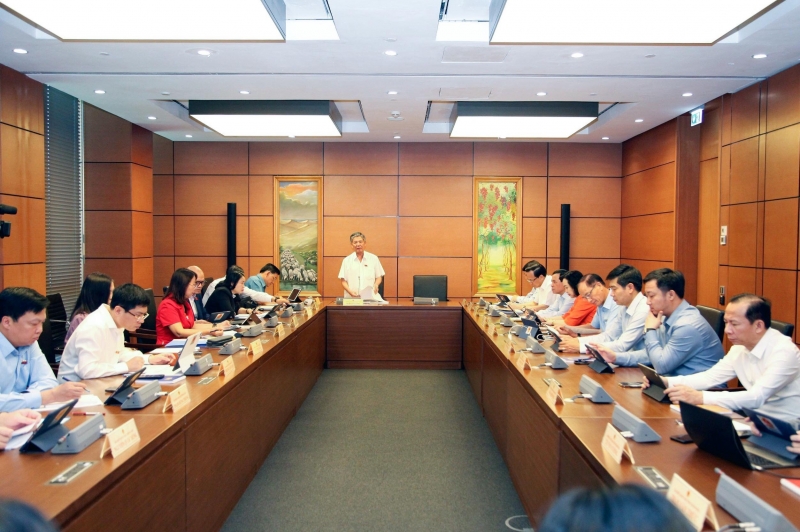
National Assembly delegates discuss the draft Law on Social Insurance (amended) at the group (Photo: Manh Dung)
Explaining further about the Draft Law on Social Insurance as well as answering questions from delegates in the group, Director of the Social Insurance Department, Ministry of Labor, Invalids and Social Affairs Pham Truong Giang said that one of the goals of this law amendment is to expand the coverage of social insurance. According to international experience, to expand the coverage of social insurance, it is necessary to harmoniously combine the two forms of participation in compulsory social insurance and voluntary social insurance.
"In addition to those who participate in compulsory social insurance, it is more difficult for workers in the informal sector to participate in social insurance. The state must support them to participate in voluntary social insurance," said Mr. Giang.
Regarding the 22% salary contribution rate applied to voluntary social insurance, the Director of the Social Insurance Department explained that this is a rate designed to correspond to the group of workers paying compulsory social insurance.
Regarding the supplementary maternity regime for voluntary social insurance participants at the level of 2 million VND/childbirth. Mr. Giang said that social insurance participants must contribute to enjoy this regime, while the level of 2 million VND applied to voluntary social insurance participants is a support amount without contribution. The reason why the State has many support regimes for voluntary social insurance participants is because a general survey shows that 70% of voluntary social insurance participants are close to the poverty line. If the contribution level is increased further, they will fall into near poverty. Therefore, the supported maternity regime is to encourage workers to participate in voluntary social insurance.
Regarding the opinion that the draft Law will result in low pensions, the Director of the Social Insurance Department said that in the period 2016-2022, 300,000 workers withdrew from social insurance because they did not have 20 years of insurance contributions. Reducing the payment period will give this group of workers the opportunity to receive pensions, although the low salary is better than no pension, only receiving a subsidy of 360,000 VND/month. Along with receiving pensions, these workers also have health insurance to take care of their health in old age.
Speaking more about the age of receiving social pension benefits, Minister of Labor, Invalids and Social Affairs Dao Ngoc Dung said that, according to the roadmap, it will initially be reduced from 80 years old to 75 years old, and then a roadmap will be developed to further reduce it. As for the benefit level, the Government proposes flexible regulations, depending on the socio-economic situation of each period. According to Minister Dao Ngoc Dung, the amount of money is not "strictly imposed" in the law but will be shown in the decree, so that the Government can proactively manage it, ensuring balance and harmony.
Regarding the opinion that insurance for children has not been included in the draft Law, the Minister said that the State currently has many support policies specifically for children. For now, although the Government has not included them in the Law, all policies to support children are guaranteed.
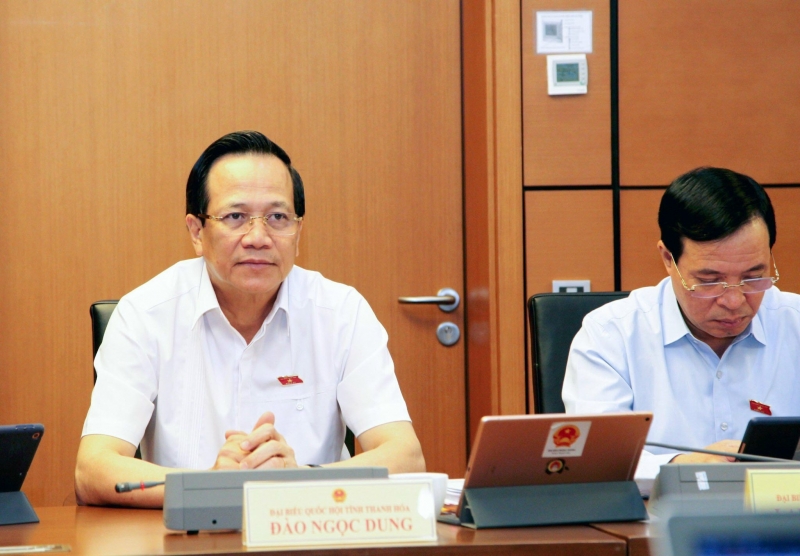
Minister Dao Ngoc Dung listens to the opinions of National Assembly deputies on the Draft Law on Social Insurance (amended) at the group discussion session (Photo: Manh Dung)
Many concerns about two options for receiving social insurance benefits at one time
One of the issues that received the most attention from delegates at the group discussion session was the two one-time social insurance benefit plans proposed by the Government.
Regarding the issue of receiving one-time social insurance benefits, delegate Ta Thi Yen (Dien Bien delegation) said that social insurance contributors want to withdraw money immediately when they lose their jobs to solve their urgent financial needs, while the State wants to provide long-term protection for workers, especially when they are past working age, old and weak, and have no more income, and does not want them to become a financial burden for their families and society.
According to Ms. Ta Thi Yen, the social insurance payment is actually for old-age pension and is linked to health insurance which is paid equally and does not depend on the number of years of payment as well as the level of social insurance benefits. With the goal of expanding towards coverage of health insurance social benefits, those who withdraw social insurance one time will still be guaranteed by the State. Therefore, the delegate said, she is inclined towards option 2 which is to ensure long-term, sustainable social security for all people because Resolution 28 also clearly stated that there are appropriate regulations to reduce the situation of withdrawing social insurance one time in the direction of increasing benefits if reserving the time to participate in social insurance to enjoy retirement benefits as well as reducing benefits if receiving social insurance one time.
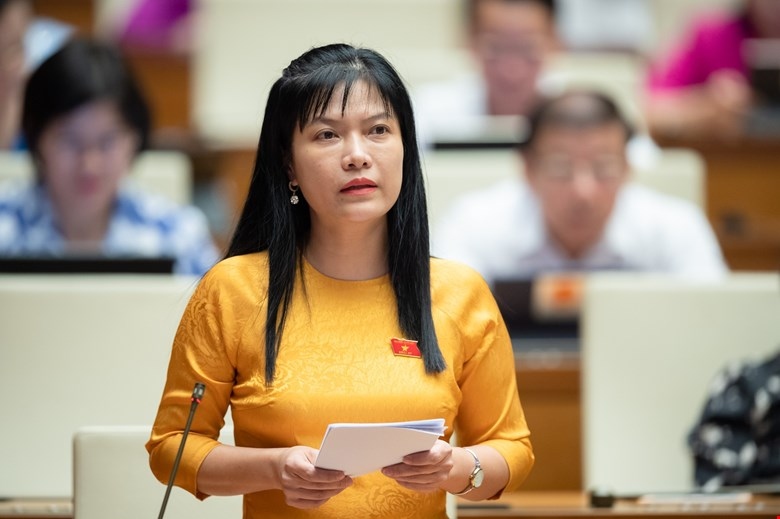
Delegate Ta Thi Yen (Dien Bien delegation)
Expressing support for option 2, however, delegate Tran Thi Nhi Ha (Hanoi delegation) proposed that the social insurance withdrawal rate should not be 50% but should correspond to the insurance contribution rate of the employee, so that the employee can only withdraw the amount contributed to the fund. The amount contributed by the employer will be retained to pay a part of the pension later.
Regarding the level of social insurance withdrawal, according to Minister of Finance Ho Duc Phoc, option 2 will allow employees to withdraw 50% and keep 50%. However, what is the basis for withdrawing 50%, because this must be based on the ability to contribute and withdraw.
"The part that the employer contributes for the employee, although it still belongs to the employee, must be left behind and continued to contribute later to receive a pension. For example, the structure of the Social Insurance Fund contribution is 25.5%, of which 8% is contributed by the employee and 17.5% is contributed by the enterprise. Of the 18%, 3% is for illness and maternity, 0.5% is for illness and accidents, 14% is for retirement and death benefits. So I think we should leave 14% that the enterprise contributes for the employee to keep for the long term, and the remaining 11.5% can be withdrawn by the employee if they want to withdraw it. If so, it will be equivalent to withdrawing about 46% and leaving 54% behind," the Minister of Finance shared his opinion.
Source link


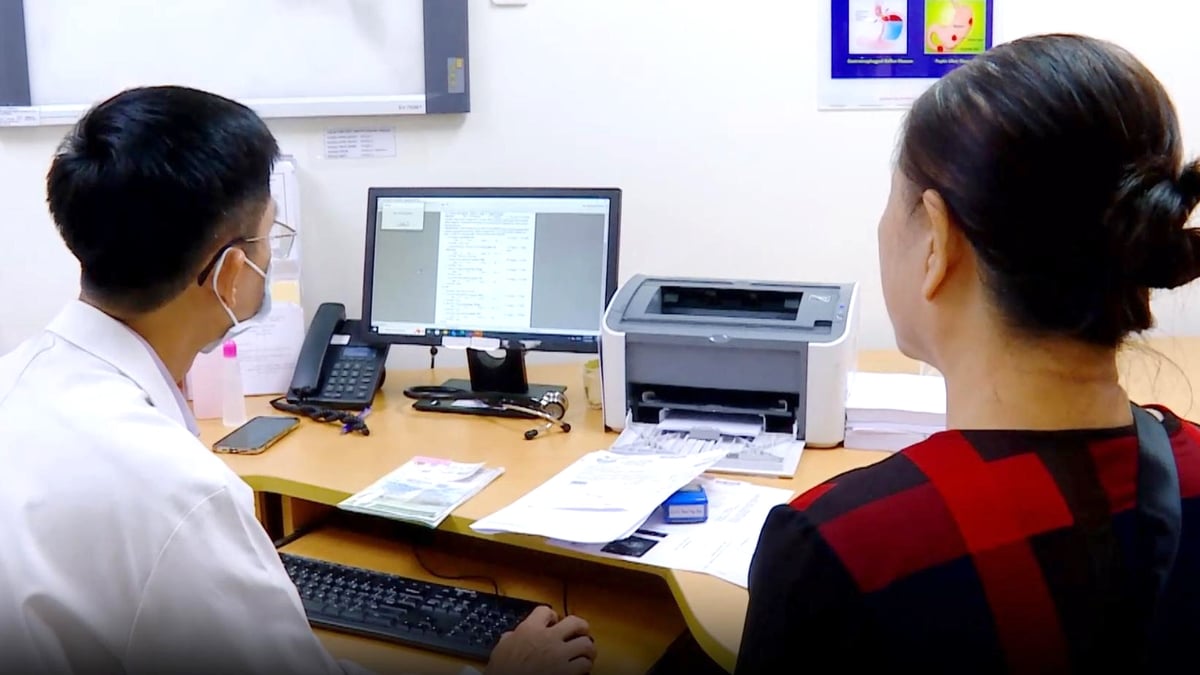
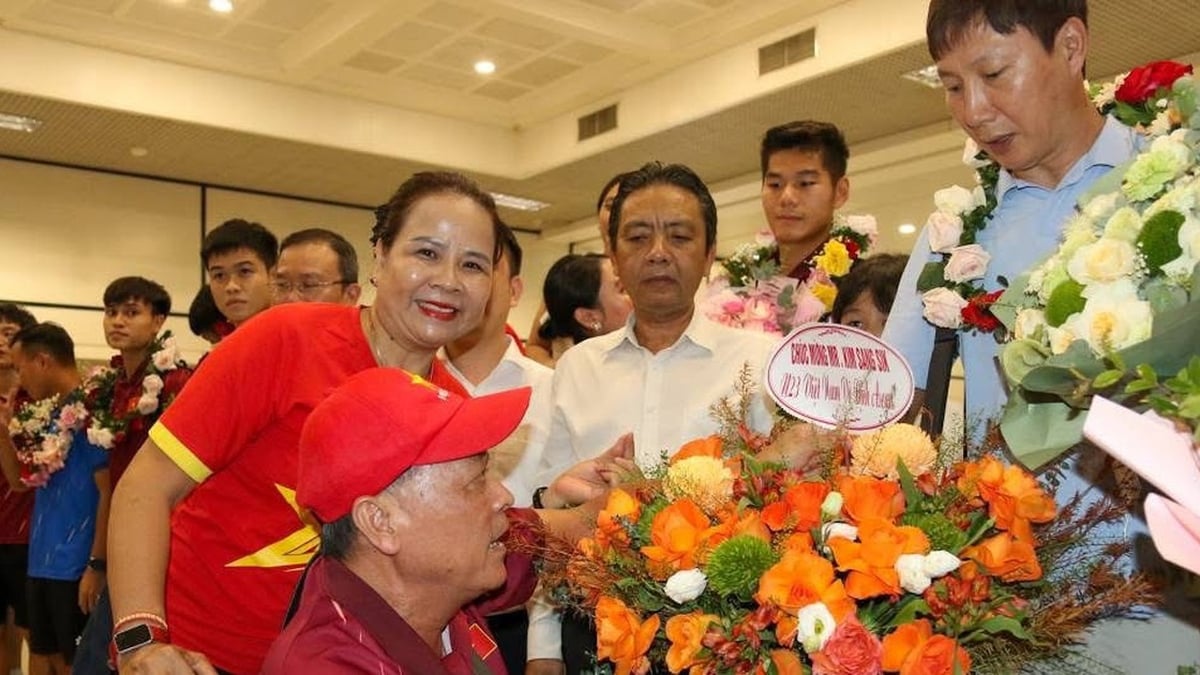
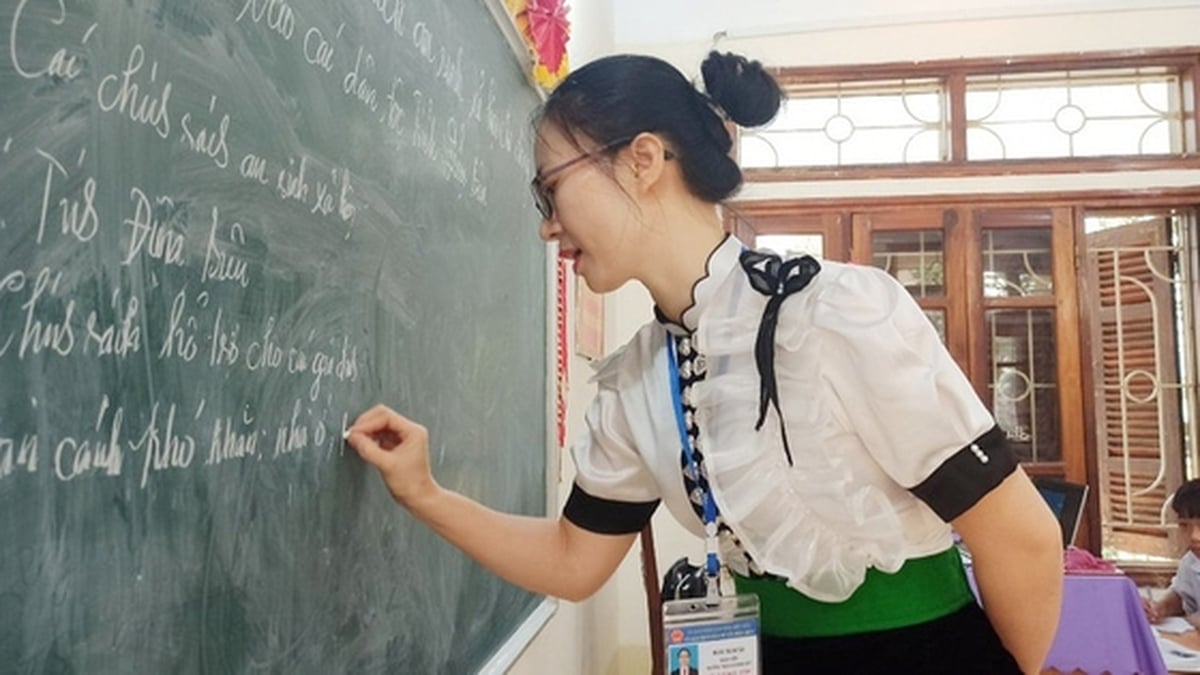


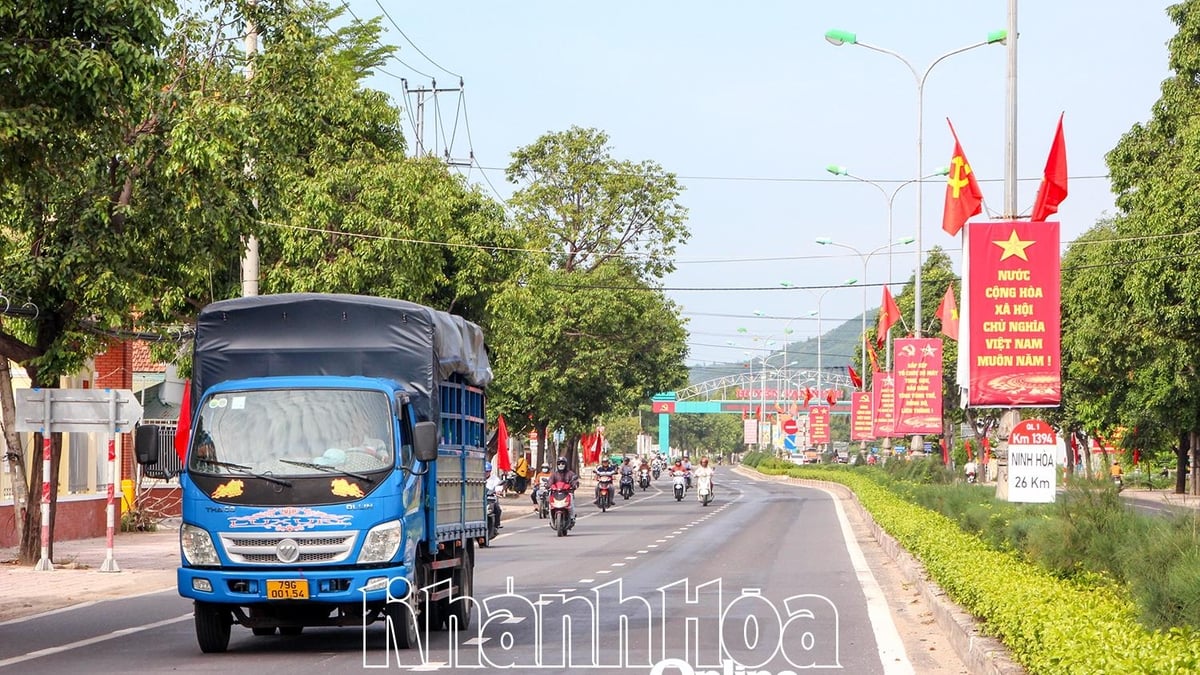


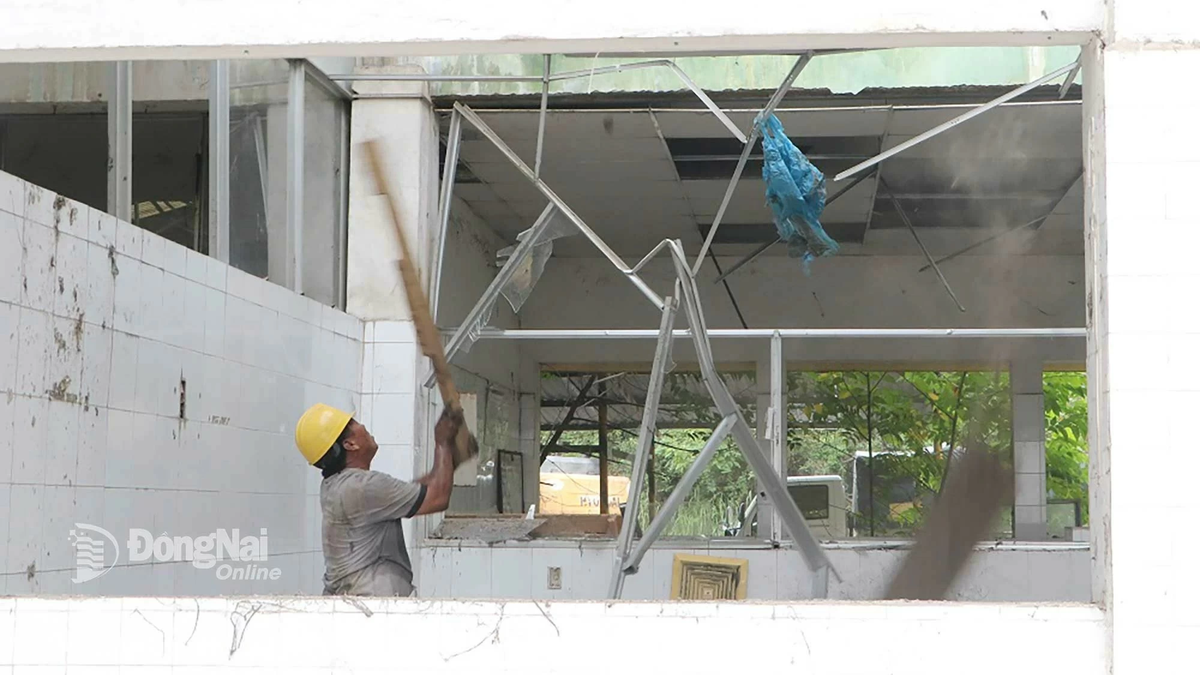
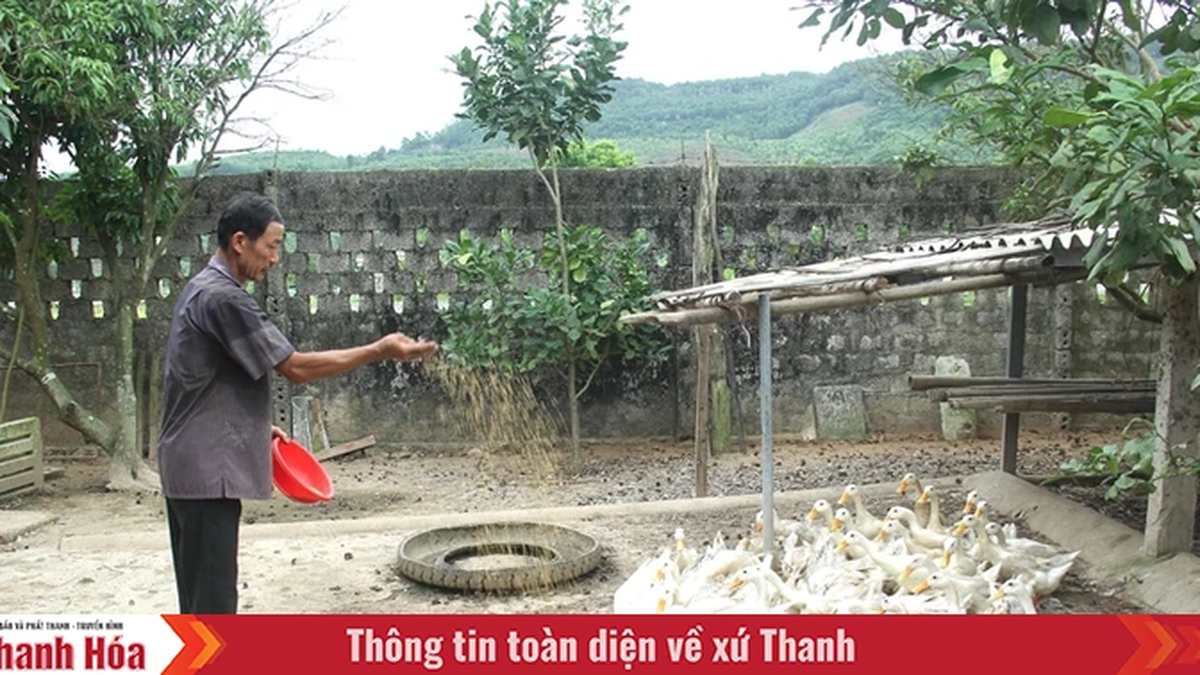












































![[Maritime News] Container shipping faces overcapacity that will last until 2028](https://vphoto.vietnam.vn/thumb/402x226/vietnam/resource/IMAGE/2025/7/30/6d35cbc6b0f643fd97f8aa2e9bc87aea)











































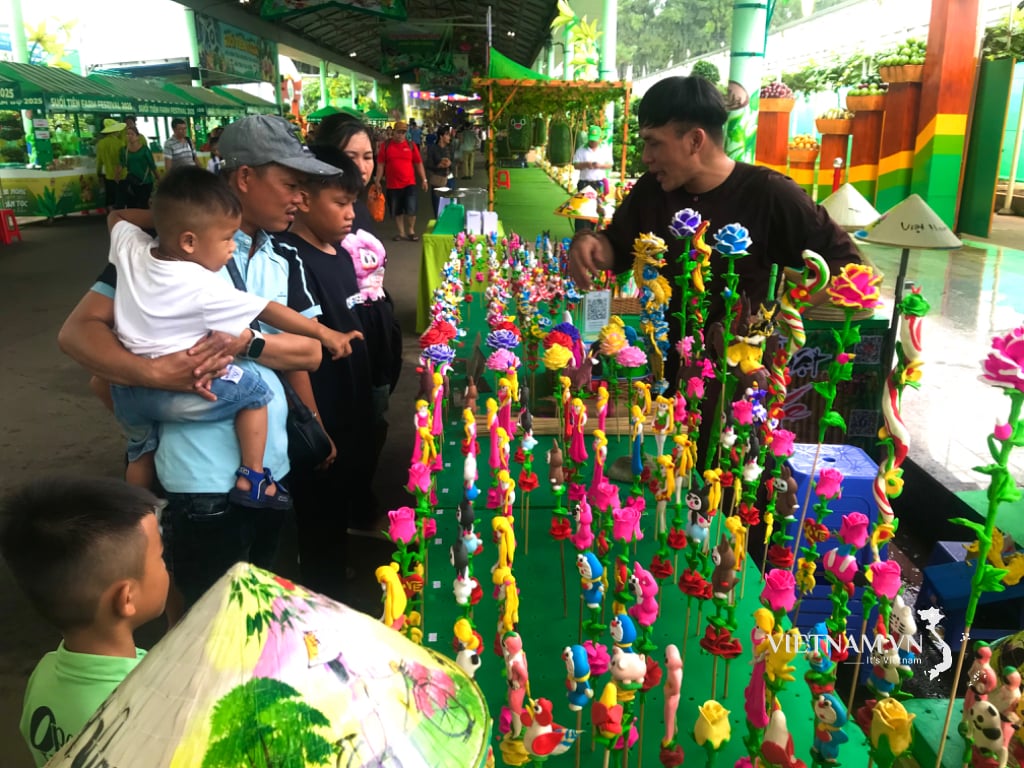

Comment (0)